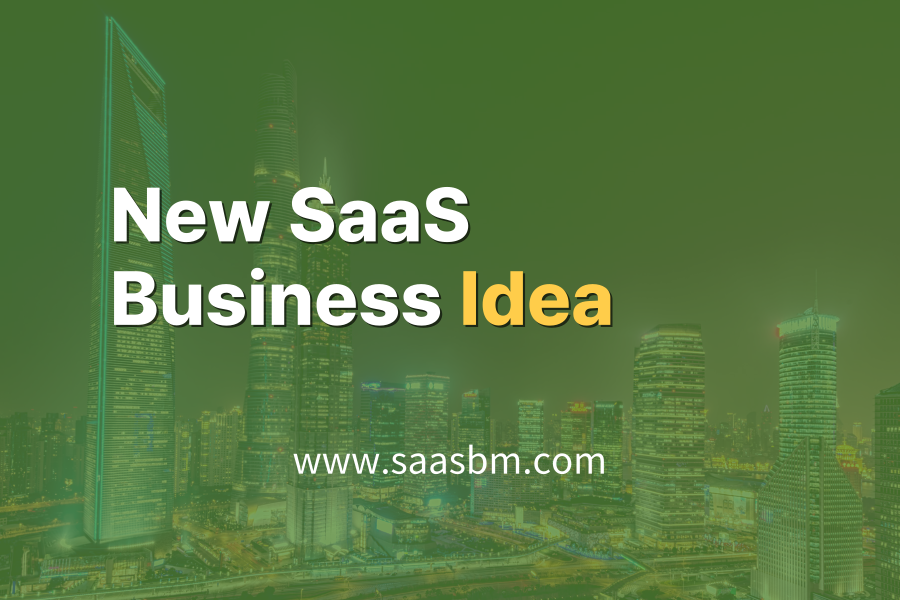Here are two new business ideas inspired by a benchmarked SaaS model.
We hope these ideas help you build a more compelling and competitive SaaS business model.
- Benchmark Report: Unlock Creative Potential: How Design Pulse’s Curated Inspiration Gallery Transforms Your Projects
- Homepage: https://designpulse.co/
- Analysis Summary: Design Pulse offers a comprehensive design inspiration platform with curated resources for professionals seeking creative ideas across UI/UX, graphic design, and web development.
-
New Service Idea: DesignSync Studio / DesignDNA Marketplace
Derived from benchmarking insights and reimagined as two distinct SaaS opportunities.

[swpm_protected for=”3,4″ custom_msg=’This report is available to Growth and Harvest members. Log in to read.‘]
![]()
1st idea : DesignSync Studio
Real-time collaborative design workspace that transforms how creative teams work together.
Overview
DesignSync Studio is a cloud-based collaborative design platform that enables multiple designers to work simultaneously on the same project in real-time. Building upon Design Pulse’s curated inspiration gallery, DesignSync creates a dynamic workspace where teams can not only share inspiration but actively collaborate on designs, provide contextual feedback, and seamlessly move from ideation to execution. The platform integrates version control, asset management, and communication tools specifically designed for visual creative work. DesignSync solves the fragmentation problem in design workflows where teams currently juggle between inspiration sites, design tools, feedback platforms, and project management systems.
![]()
Who is the target customer?
▶ In-house creative departments at mid to large companies working across multiple products
▶ Freelance designers collaborating with clients and other contractors
▶ Design education institutions needing to facilitate remote learning and group projects
![]()
What is the core value proposition?
![]()
How does the business model work?
• Integration Marketplace: Revenue sharing with third-party developers who create plugins and extensions for the platform, enhancing functionality with specialized tools for different design disciplines.
• Educational Licensing: Discounted bulk licenses for design schools and educational institutions, creating a pipeline of future professional users already familiar with the platform.
![]()
What makes this idea different?
![]()
How can the business be implemented?
- Develop core real-time collaboration infrastructure, leveraging existing technologies like WebSocket for synchronization and Firebase for real-time database capabilities
- Build integration with Design Pulse’s existing inspiration gallery, establishing the connection between inspiration content and workspace functionality
- Create basic design tools with collaborative features (commenting, version control, simultaneous editing) focusing on the most common design tasks first
- Develop and test the platform with a select group of design agencies through a 3-month beta program, collecting usage data and feedback
- Launch publicly with a freemium model to build user base, focusing marketing efforts on design communities and professional networks where Design Pulse already has presence
![]()
What are the potential challenges?
• Competition from established design tools with loyal user bases – Differentiate through the unique integration of inspiration and creation, emphasizing workflow improvements rather than competing on feature-by-feature basis
• User learning curve when adopting a new creative platform – Mitigate through intuitive UI design, comprehensive onboarding tutorials, and compatibility with existing file formats to ease transition

2nd idea : DesignDNA Marketplace
An ethical platform for designers to monetize their inspiration patterns and creative processes.
![]()
Overview
DesignDNA Marketplace transforms how designers generate value from their creative process, not just the final products. Building upon Design Pulse’s curated inspiration collections, DesignDNA allows designers to package and sell their unique creative approaches, inspiration collections, process documentation, and component systems. The platform creates a new asset class in the design economy: documented creative methodologies that other designers can purchase, adapt, and build upon with proper attribution and compensation. DesignDNA solves the problem of designers constantly ‘reinventing the wheel’ while also providing new revenue streams for creators beyond client work or selling templates.
![]()
Who is the target customer?
▶ Design beginners and intermediates seeking to learn from established creators’ processes and methods
▶ Corporate design teams needing to standardize approaches across departments and projects
▶ Agencies looking to differentiate their services with unique, proven design methodologies
![]()
What is the core value proposition?
![]()
How does the business model work?
• Subscription Access: Buyers can purchase individual assets or subscribe to a monthly plan ($39/month) for unlimited access to a curated selection of resources, with creators compensated based on engagement metrics and downloads.
• Enterprise Licensing: Custom organization-wide licenses for companies to access and implement specific design systems and methodologies across their teams, with usage analytics for the purchasing organization.
![]()
What makes this idea different?
![]()
How can the business be implemented?
- Develop a standardized format for documenting design processes, including templates for articulating inspiration sources, decision frameworks, and component structures
- Create the initial marketplace infrastructure with secure payment processing, user accounts, and search functionality
- Recruit a founding group of respected designers to create the first collection of premium design process packages, providing production support if needed
- Build and integrate attribution tracking systems to maintain connections between original creators and those who purchase and adapt their processes
- Launch with a focused marketing campaign highlighting both the economic benefits for creators and the efficiency gains for buyers
![]()
What are the potential challenges?
• Building initial marketplace liquidity with enough high-quality sellers and willing buyers – Overcome through a curated launch approach with subsidized content from recognized designers while the platform gains traction
• Intellectual property concerns regarding the ownership of design processes versus final products – Mitigate by developing clear terms of service with legal expertise in creative IP, and implementing technological solutions for tracking attribution
[/swpm_protected]

No comment yet, add your voice below!